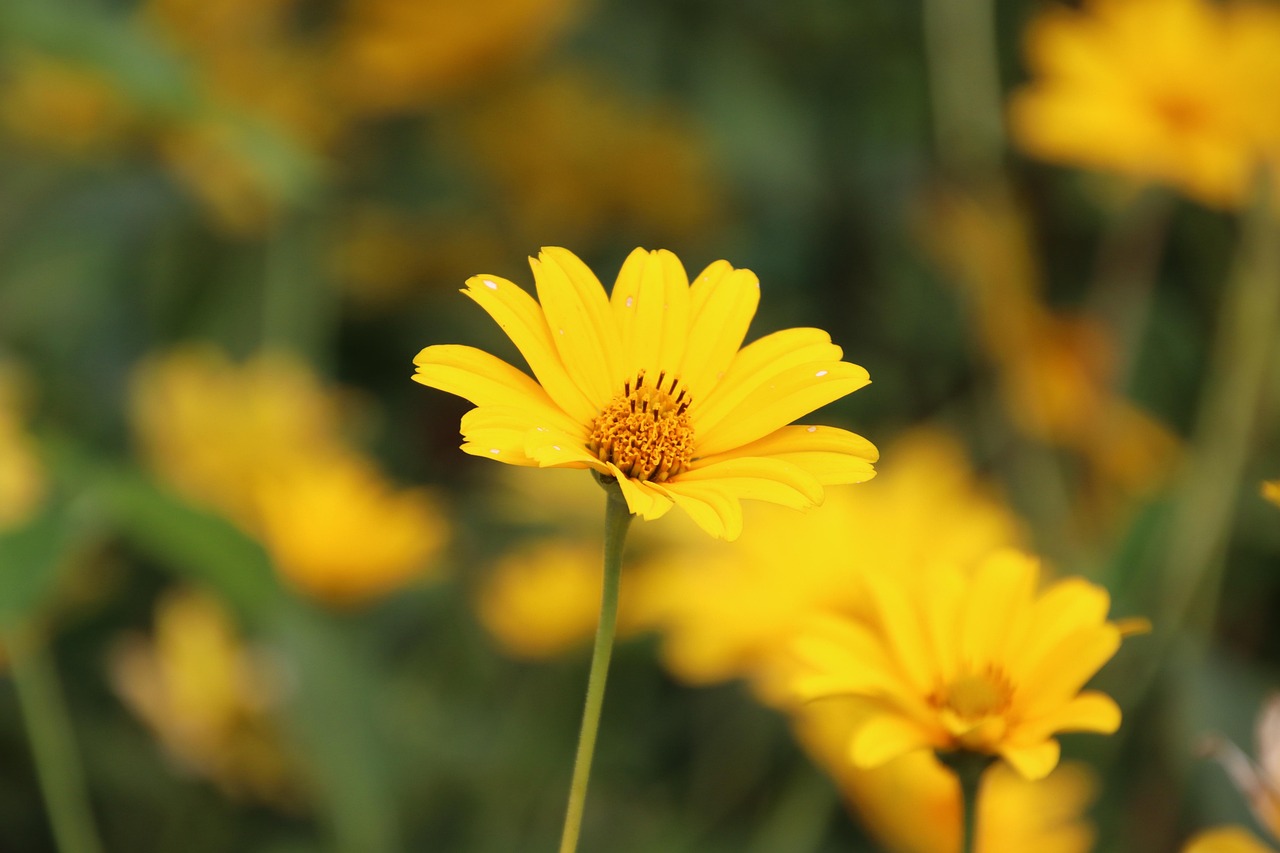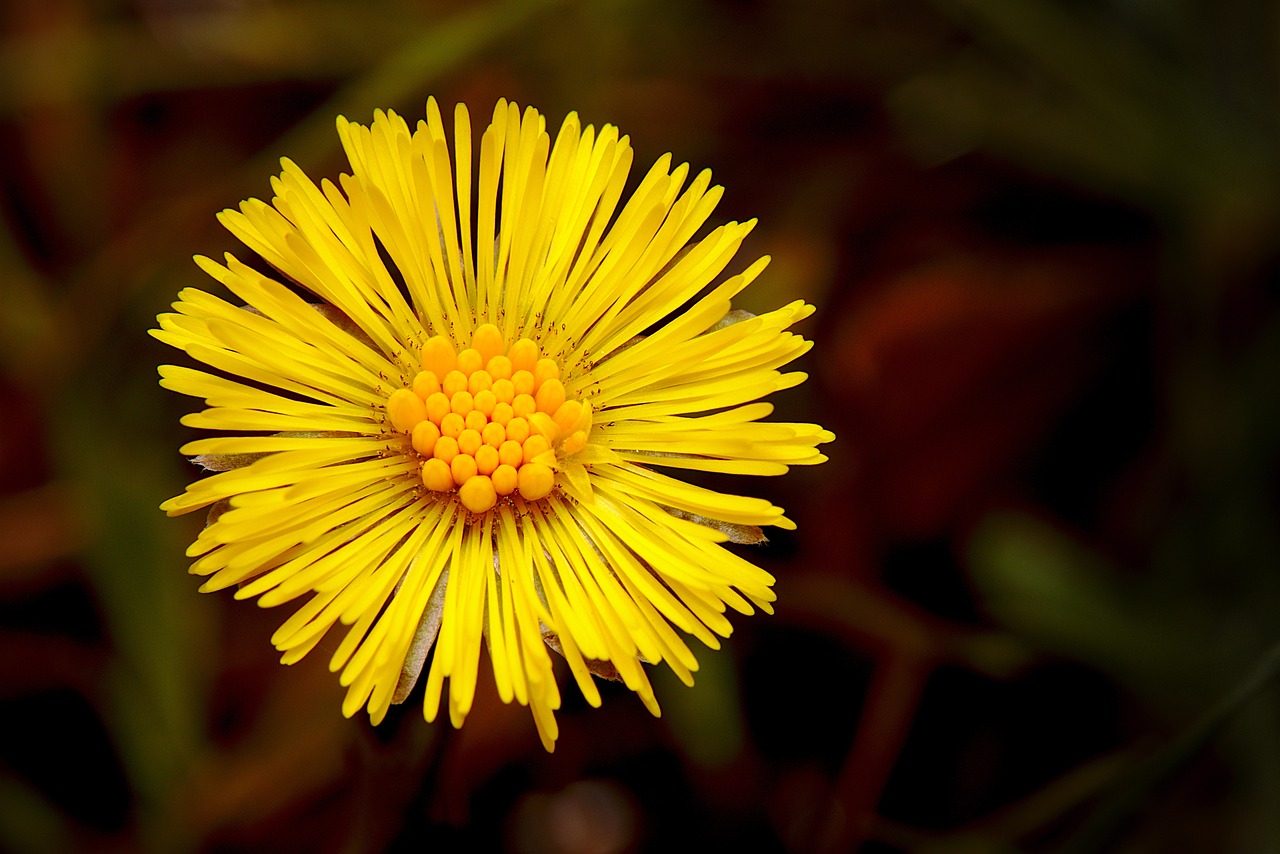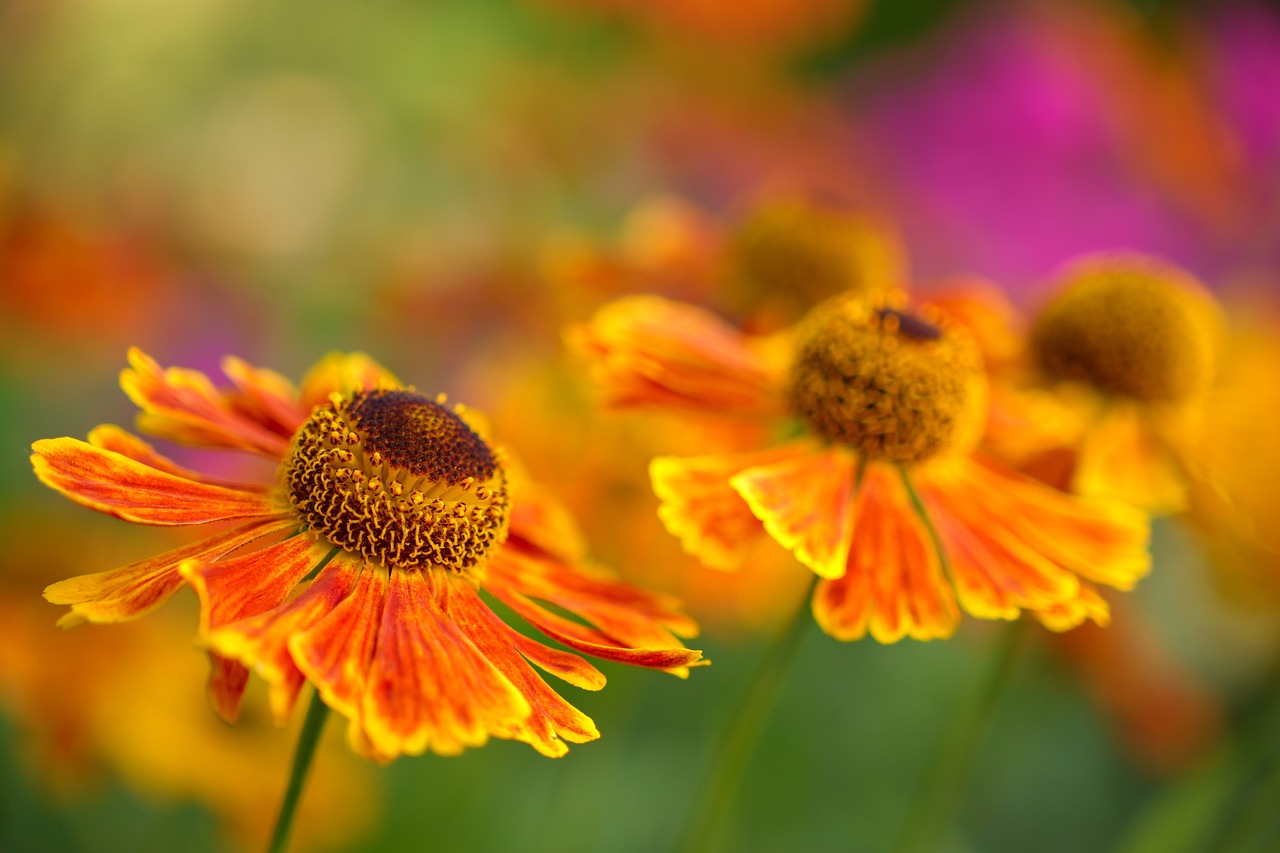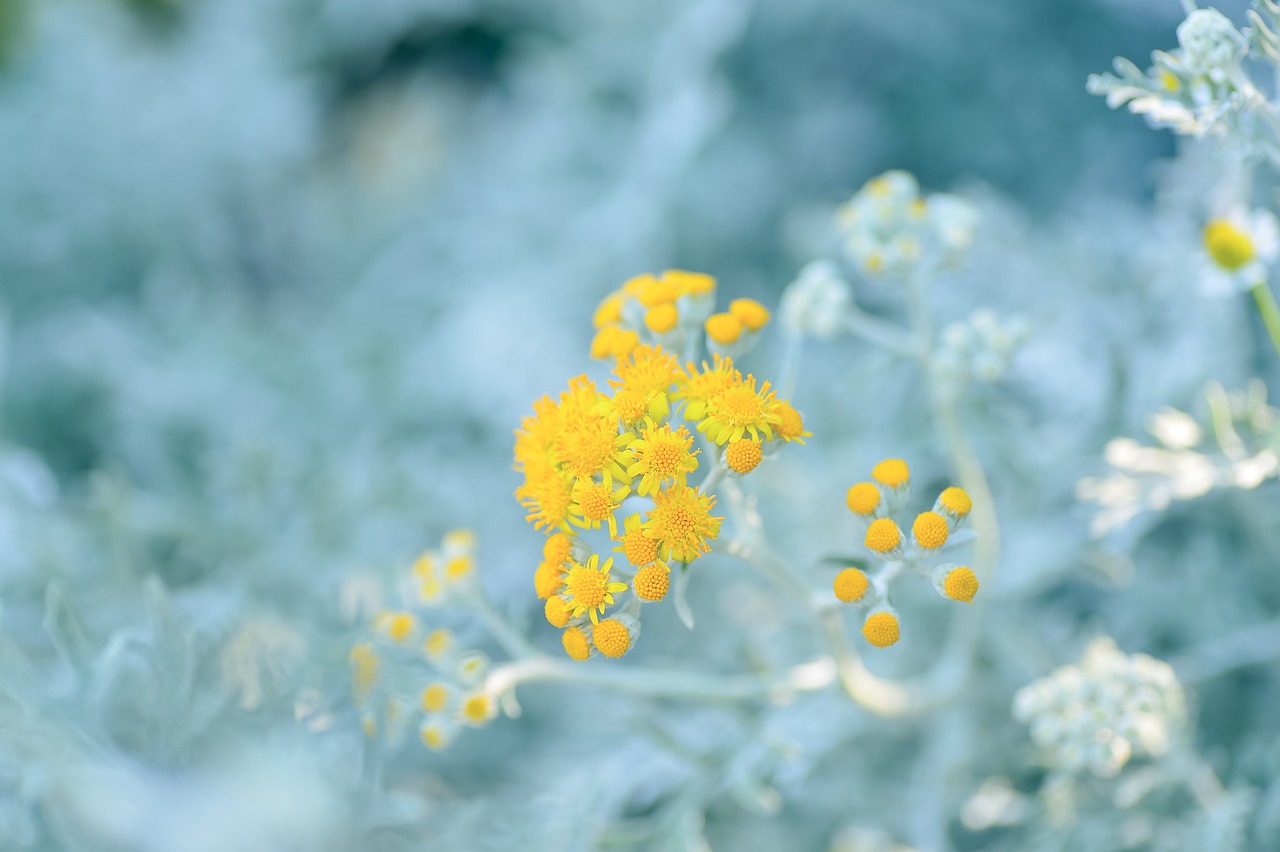Gold Coin Daisy: Features and Care
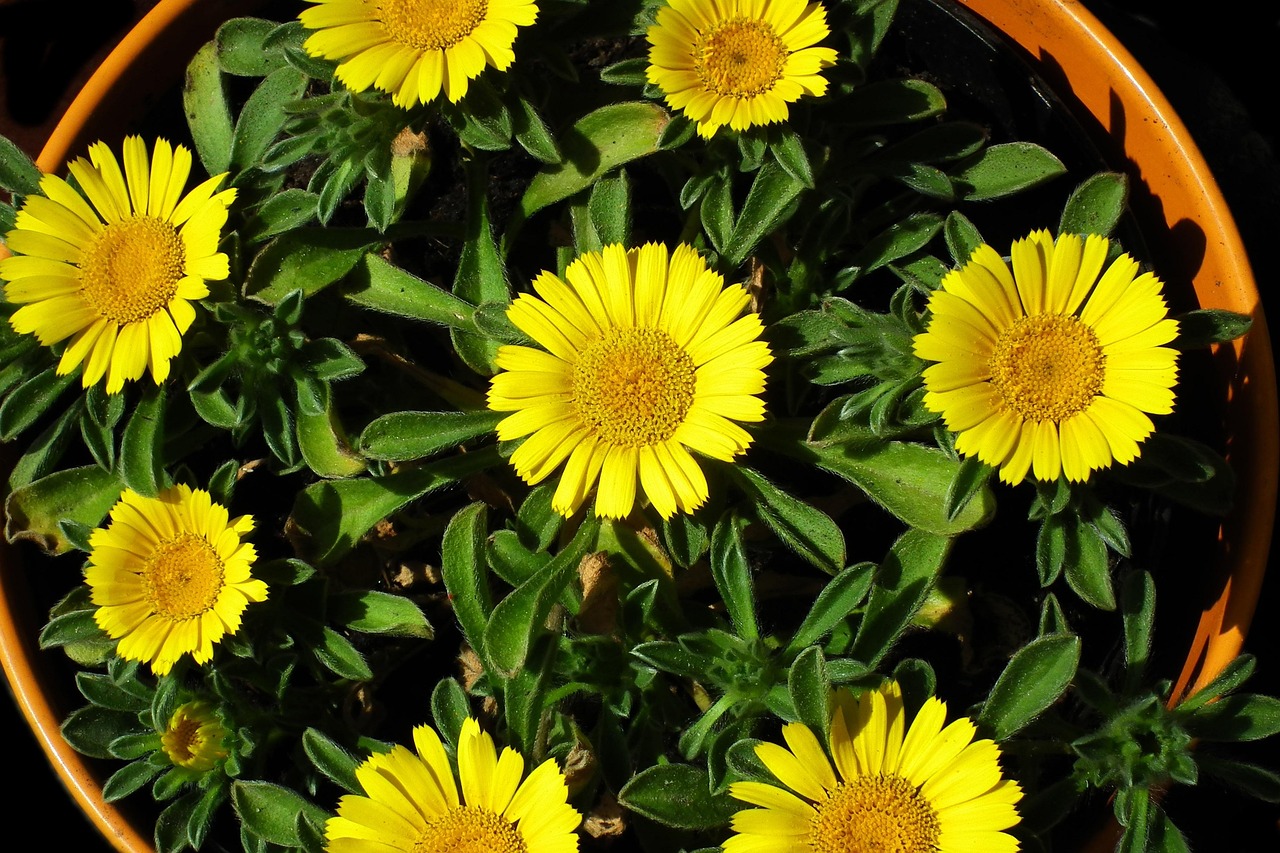
The Gold Coin Daisy is a perennial plant known for its bright yellow flowers and hardy nature. It is commonly used to decorate gardens and flower beds and serves as an effective ground cover. Easy to maintain, it is a suitable choice for beginner and experienced gardeners alike.
This article explores its basic information, cultural and historical significance, and key care tips.
Basic Information
- Scientific Name: Pallenis maritima
- Family: Asteraceae (Daisy family)
- Origin: Mediterranean coastal regions
- Appearance:
The Gold Coin Daisy grows to a height of 20–40 cm and has rounded, green leaves. It produces vibrant yellow flowers from spring to summer. The center of each bloom is a deeper yellow, giving it a coin-like glow. - Blooming Season:
This plant flowers from March to September, providing a long-lasting display. In warmer climates, it may continue blooming through winter.
Cultural Significance Around the World
In Mediterranean countries, the Gold Coin Daisy has been a beloved garden plant for centuries. In Greece and Italy, it is sometimes associated with the sun and prosperity.
Throughout Europe, it is often used in parks and along walkways to brighten landscapes. Due to its drought resistance, it has also been planted in arid regions as part of reforestation and land conservation efforts.
Historical Episodes
The Gold Coin Daisy was cultivated in ancient Roman gardens. Its resemblance to the sun led to its use as an offering to Apollo, the sun god.
From the 17th century onward, European horticulturists recognized its resilience and expanded its cultivation beyond the Mediterranean. During the Victorian era in Britain, it became a popular choice for garden borders and decorative flower beds.
Gardening Tips
This plant is low-maintenance and thrives with proper care.
Sunlight
Prefers full sun for optimal flowering. It can tolerate partial shade but may produce fewer blooms.
Watering
Drought-resistant; water only when the soil is completely dry. Avoid overwatering to prevent root rot.
Soil
Grows best in well-draining sandy soil. If planting in a garden, mix in organic matter like compost or perlite for better aeration.
Fertilization
Minimal fertilization is required. Applying diluted liquid fertilizer once or twice a month during the growing season is sufficient.
Pruning
Regular deadheading encourages continuous blooming. If the plant grows too large, light trimming helps maintain its shape.
Cold Resistance and Winter Care
Can tolerate mild frost, but in colder regions, mulching around the roots helps protect it during winter. Potted plants should be moved indoors in extreme cold.
Conclusion
The Gold Coin Daisy is a hardy and vibrant plant that blooms for an extended period. Native to the Mediterranean, it has been valued as a symbol of the sun and prosperity.
Its drought-resistant nature makes it an easy-to-grow choice for gardens, whether in flower beds or pots. Brighten up your outdoor space with this cheerful flower and enjoy its enduring beauty.

